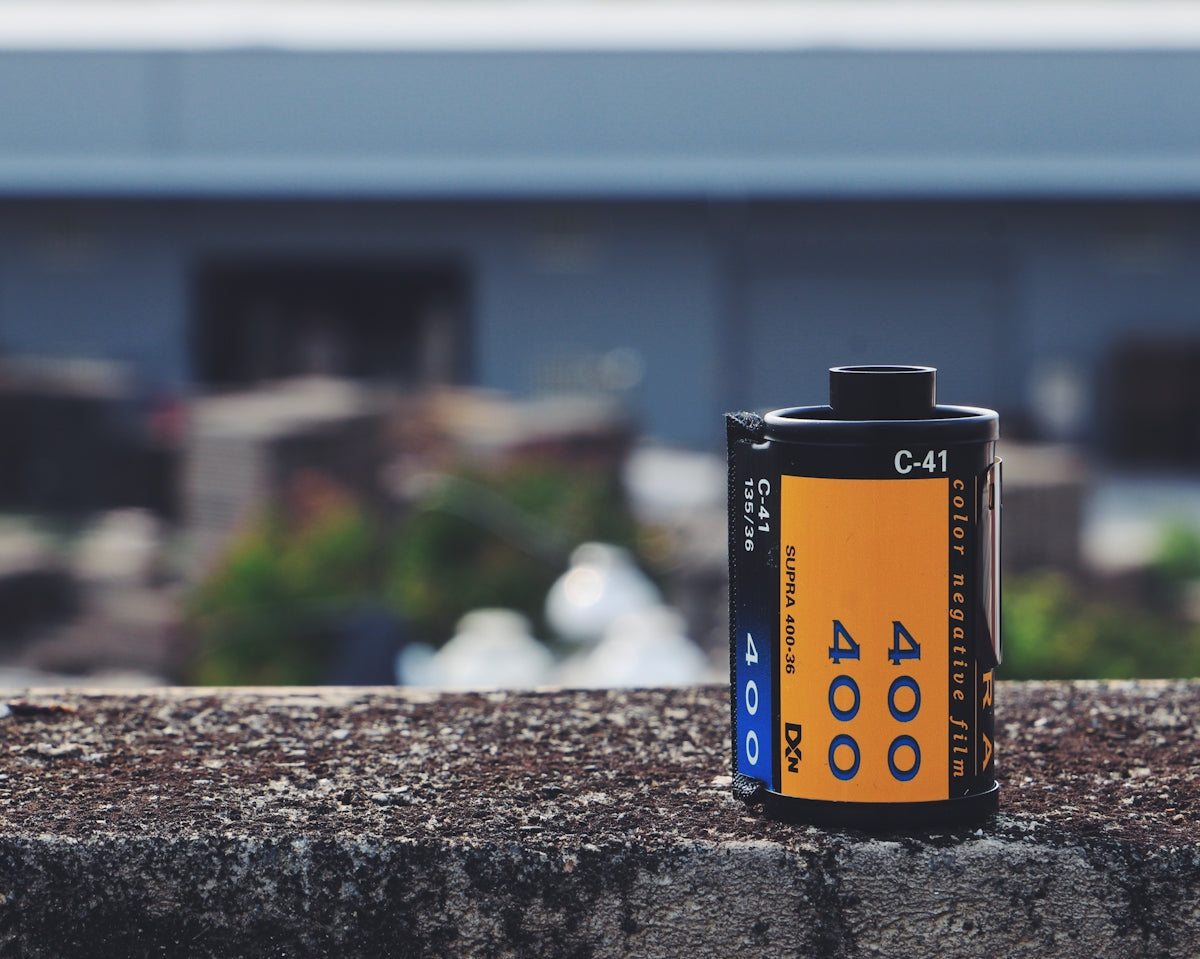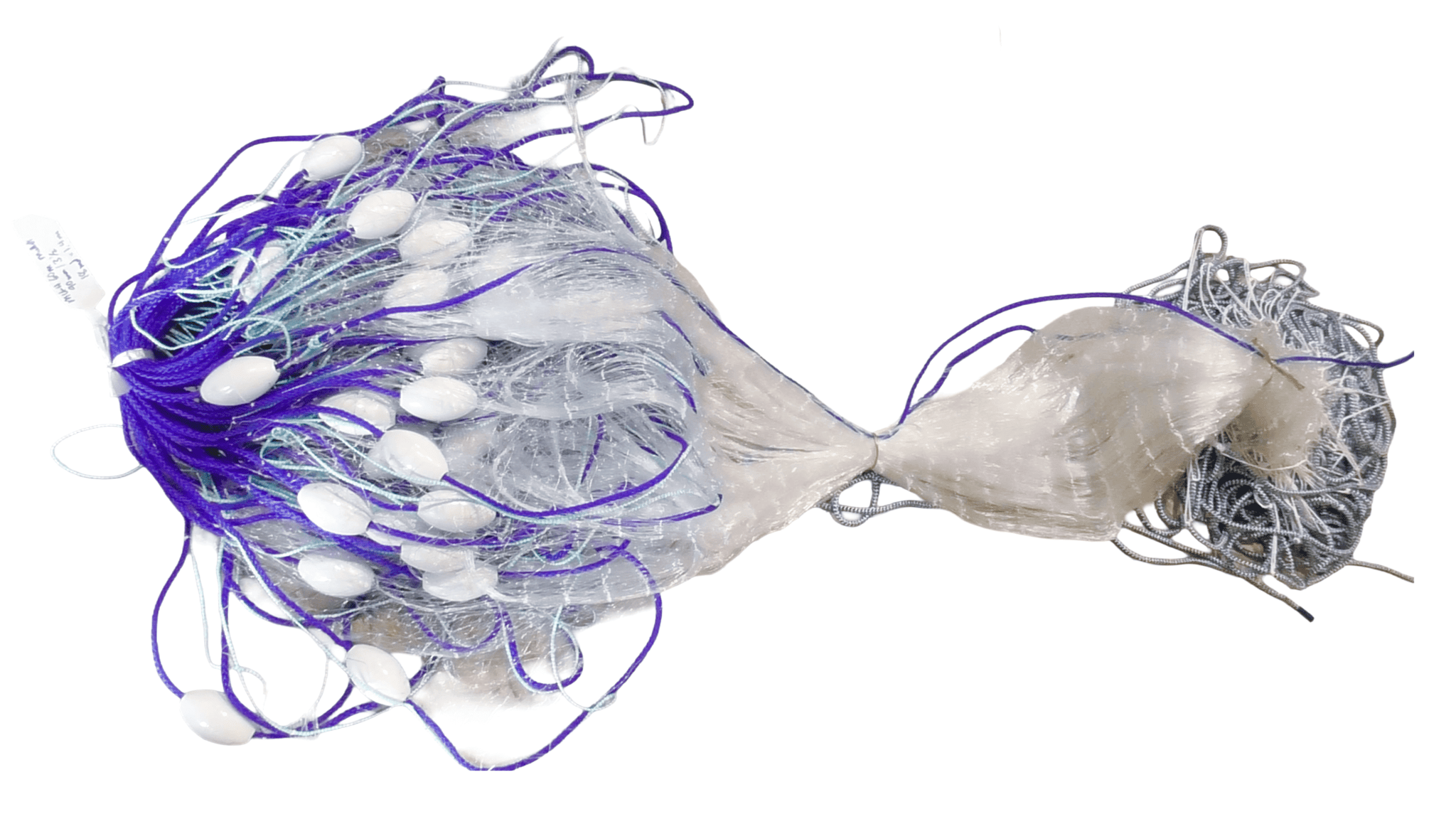Custom Mullet Fishing Nets NZ-made quality – manufactured in Auckland
9 products
Showing 1 - 9 of 9 products
Custom Mullet Fishing Nets for Sale
Looking for a Mullet fishing net in New Zealand? At Action Outdoors, we manufacture and supply custom mullet nets from our Auckland factory outlet store. Our nets are designed to comply with New Zealand and Pacific Island fishing regulations, giving you a reliable, legal, and effective net for mullet fishing.
Custom & Standard Length Mullet Nets
We supply mullet fishing nets in standard lengths of:
- 20m
- 30m
- 40m
- 50m
- 60m
- 100m
Need a different size? We also offer tailor-made mullet nets cut to your exact specifications. Simply contact us for a quote and we’ll build the right net for your fishing needs.
Mesh Sizes & Diameters for Mullet Nets
Our mullet nets are built with strong nylon twine ranging from 0.35mm to 0.70mm diameter, with mesh sizes available in:
- 2 inch
- 2 ¼ inch
- 2 ½ inch
- 3.0 inch
- 3 ¼ inch
- 3 ½ inch
- 4.0 inch
- 4 ¼ inch
This range gives you flexibility depending on your fishing area, target size, and MPI requirements.
👉 Download our PDF catalogue of bait & herring nets
👉 Download: How to Set a Snapper/Mullet/Kahawai Set Net (PDF)
Fishing Rules for Mullet Nets in NZ
All recreational fishers in New Zealand are legally required to follow the MPI fishing rules. These rules change regularly and differ by fishing region.
- New Zealand has seven fishing areas, each with its own regulations
- Always check the latest rules before setting a mullet net
- Follow the Set Net Code of Practice to ensure compliance
🔗 Check the NZ Fishing Rules by MPI
Why Choose Our Mullet Nets?
✔ NZ-made quality – manufactured in Auckland by experts with 50+ years of experience
✔ MPI-compliant mesh sizes & materials – built for legal, responsible fishing
✔ Custom-built options – any length or mesh size to suit your needs
✔ Trusted across NZ & Pacific Islands – durable nets for both commercial and recreational fishers
Whether you’re fishing in Auckland harbours, Northland estuaries, Bay of Plenty beaches, or South Island rivers, our nets are designed to perform in New Zealand conditions.
Order Your Mullet Fishing Net Today
Don’t settle for imported nets. Choose a custom NZ-made mullet fishing net built stronger, longer-lasting, and designed for New Zealand waters.
✅ Standard & custom lengths available
✅ Mesh sizes from 2" to 4.25"
✅ Shipped nationwide & to Pacific Islands
✅ Expert advice available
👉 Email us at sales@actionoutdoors.kiwi or order online today.
Mullet Fishing Nets Across New Zealand
Our custom mullet nets are trusted by fishers across Auckland, Northland, Bay of Plenty, Waikato, Hawke’s Bay, Wellington, Canterbury, Otago, and Southland. Whether you’re fishing in sheltered harbours, estuaries, or open coastal waters, we can supply the right net for your region.
- Mullet fishing nets Auckland – perfect for Waitematā and Manukau Harbours
- Mullet fishing nets Northland – built tough for estuaries and shallow coastal waters
- Mullet fishing nets Bay of Plenty & Waikato – ideal for beaches and nearshore fishing
- Mullet fishing nets Wellington & Hawke’s Bay – strong nets for variable coastal conditions
- Mullet fishing nets Canterbury, Otago & Southland – durable nets for colder waters and southern harbours
We also ship mullet nets to the Pacific Islands, including Fiji, Samoa, Tonga, Cook Islands, and Vanuatu, making us a trusted supplier across the wider region.
👉 Contact us today to order a custom mullet fishing net designed for your location and target catch.
Grey Mullet – Mugil cephalus – The Maori name is Kanae – They are also called sea mullet – How to catch grey mullet
By Allan Burgess
Grey mullet is a pelagic schooling fish found close to shore where they feed in estuaries, mangrove swamps, rivers and harbours. They are also found in fast-swimming schools further offshore. At times, the schools are huge, numbering hundreds or even thousands of fish. Like flounders, most grey mullet are caught in New Zealand with set nets over shallow tidal flats. Grey mullet has a well-deserved reputation of being difficult to catch on baited hooks.
Description
The grey mullet has a rounded body shape. It is heavier, wider, flatter across the head, and grows to a larger size than the yellow-eyed mullet. Usually from 30-40 cm in length and weighing less than one kilo but can reach 60cm (2 feet) and weigh up to 5 kg (11 pounds). In Australia, they have been known to reach at least 80cm (2 feet and 6 inches) and weigh 8kg (17.6 pounds).
Dark blueish to olive-green above with silver sides tending white underneath. It has larges scales. There is no lateral line. The iris, though yellow, is nowhere near as bright as that of the yellow-eyed mullet. There is a transparent gelatinous eyelid that covers the eye.
It is a schooling and migratory species. They are caught commercially between November and March but are available in northern New Zealand all year.
What do grey mullet eat?
Grey mullet feed by sucking in the rich algal and organic matter, including worms and crustaceans, found on the seafloor. They also eat small invertebrates. As they do so they also swallow quite a lot of sand and mud. Their feeding churns up the bottom.
David H. Graham reported in A Treasury of New Zealand Fishes that on one occasion grey mullet came into Ohiwa Harbour near Whakatane and were netted soon afterwards. Their stomachs were crammed to capacity with a swimming shrimp. Unusually, there was no mud or grit present in their stomachs.
Spawning
Grey mullet is catadromous meaning they spawn in saltwater but spend most of their lives in freshwater. Females lay between 600,000 and 1.5 million eggs depending on the length of the adult fish.
They spawn in offshore surface waters in the autumn. The eggs hatch 48 hours after fertilization. At approximately 20 millimetres in length, the lava migrates to brackish water estuaries and harbours where they spend the remainder of their first year. Oversea studies note that sometimes this species spawns close to shore in bays and off beaches.
Juveniles are relatively slow-growing, not reaching sexual maturity until the end of their third year, and a length of 30cm. Their average lifespan is probably about five years, though at least one specimen is reported to have lived for 13 years overseas.
Is grey mullet edible?
This fish has a high oil content and can be muddy tasting. They are very good when smoked. The row is also smoked and sold commercially in New Zealand where it is considered by many to be a delicacy.
What do grey mullet taste like?
Sometimes muddy tasting. The flavour is strong. It can be made milder by removing the skin, the fat beneath the skin and the gut lining. In Australia, ocean-caught mullet sell for a higher price than river-caught fish.
Where to find
Grey mullet prefers the warmer waters of New Zealand’s North Island and are only occasionally found in the upper South Island in Tasman Bay. This species can be found all around the world in warm tropical and sub-tropical coastal waters in temperatures between 8-24 °C.
Numerous around the North Island north of East Cape where grey mullet can be plentiful. They come and go with the tide to feed over sand and mud-flats particularly in large harbours like Manukau, Waitemata, Kaipara and Raglan.
David H Graham in his time at the Portobello Marine Research Station never encountered the species in Otago waters.
Enters harbours, river mouths and estuarine lagoons. Appears to be quite happy in freshwater. In Australia, it has been found to travel as far as 160km up rivers. In New Zealand, they are known to travel for many kilometres upriver.
Best Baits
Some anglers report catching grey mullet on small flies when fishing saltwater fly fishing tackle targeting kahawai. Small soft plastic lures have also been used to catch this species. If you are targeting them on SWF the best advice is to use very small flies tied on size 8, 10, 12 or 14 trout nymph hooks. They will take bread, maggots, earthworms and so on but you must keep your baits small.
Berley and Bait Method
One of the best methods for catching them is to first attract the fish to your area on the rocks or jetty using bread berley or chum. Break up two or three loaves of stale bread in a 20-litre bucket.
Half fill the bucket with seawater and stir with a stick. You can add half a cup of fish oil or a small can of tuna or similar and stir well. Either toss on the surface of the water with a ladle (cut the bottom off a 2-litre plastic milk bottle) or if you make a drier mixture toss it in with your hands (messy).
Finally, bait your hooks with a tightly squeezed bit of bread and cast gently into the berley cloud. If there are plenty of grey mullet around this method can be really effective.
Rigs for grey mullet
The feeding habits of this species are quite different to yellow-eyed mullet that will freely take small baits of most types like fish flesh, bread, squid, mussels, and live yabbies especially. Grey mullet on the other hand is not usually caught or targeted on rod and line and have a reputation for being difficult to catch on baited hooks. They are mostly caught in set-nets in shallow harbours over sandy and muddy bottoms. They are also taken by recreational anglers fishing seine nets from shallow surf beaches particularly when targeting flounders and other fish. Here is an excellent article by DJ Moresby about set netting for grey mullet in Raglan Harbour.
Another excellent way to catch them is with a casting net in the surf, particularly when you can see them swimming or breaking the surface. This is a very useful method if you want fresh bait for a surfcasting session. Keep your casting net in your car or 4wd in a 10-litre bucket. If there is mullet present it takes only a few minutes to wade out and make a cast with the net. At times this could produce several dozen fish on a single cast of the net.
You can however catch grey mullet with similar hook rigs used to take yellow-eyed mullet. The best advice is to use very small baited hooks (size 8 to 14) which are fiddly to use. Some anglers report good success using a float rig baited with earthworms.
Tips
Grey mullet is a popular bait used to catch more sort after species. The fillets are sold commercially both frozen and preserved in salt brine. Fresh mullet guts are considered to be one of the best baits for targeting big snapper. The oily flesh makes excellent bait for boat fishing and surfcasting bait for a wide variety of species.



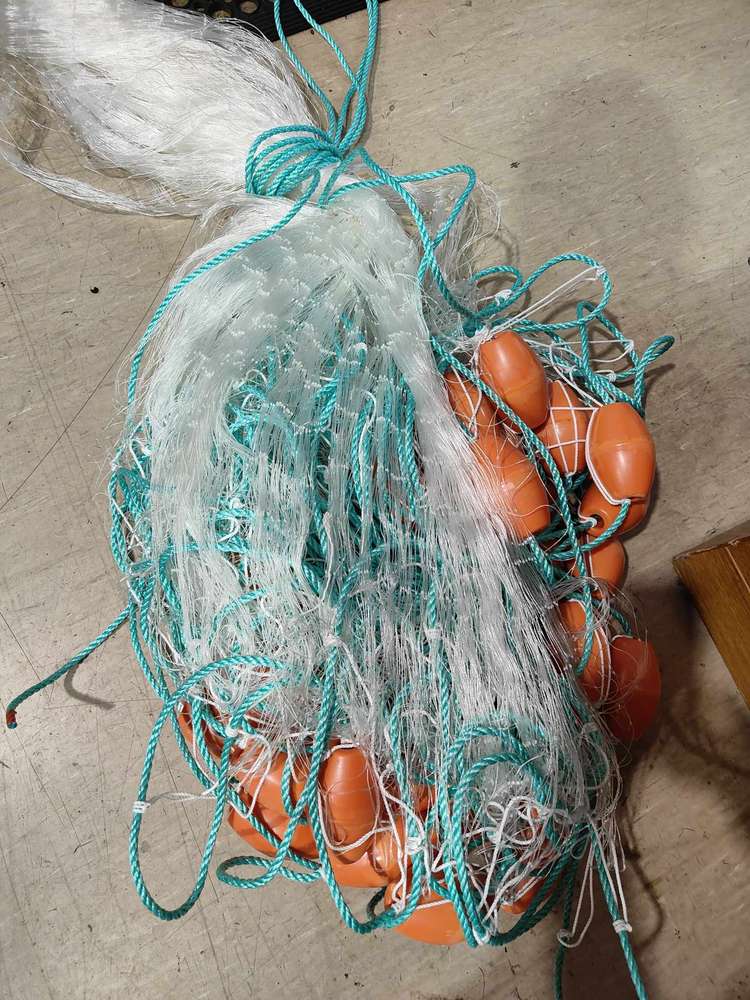


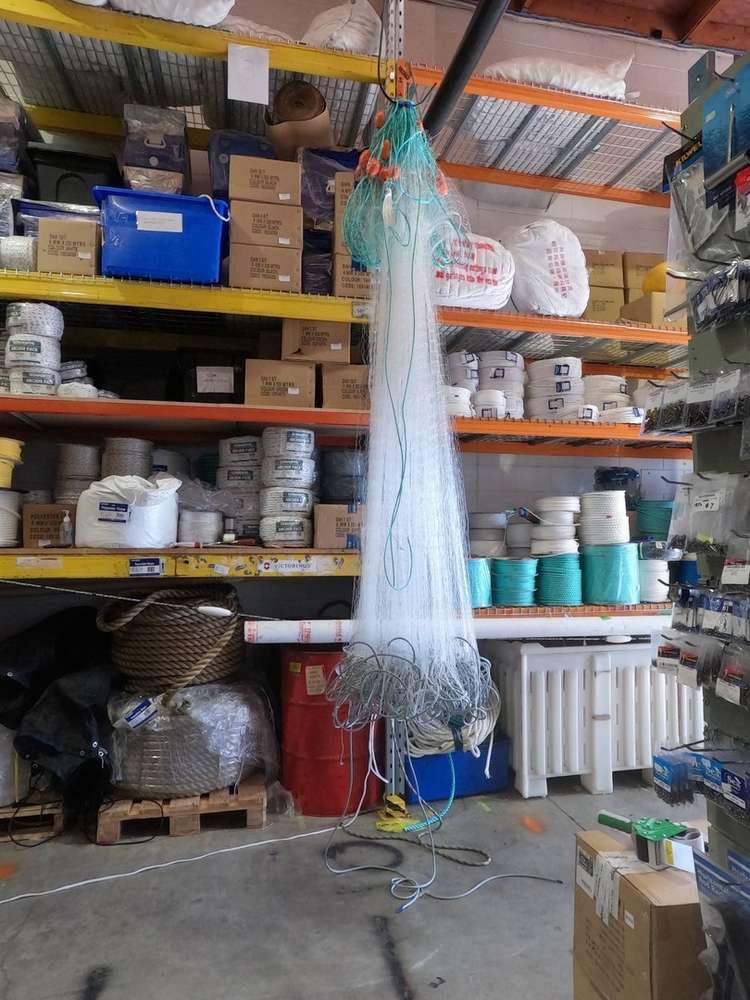


Recently viewed
Blog posts
View all
Advantage 2mm 3mm 4mm 5mm 6mm by the meter
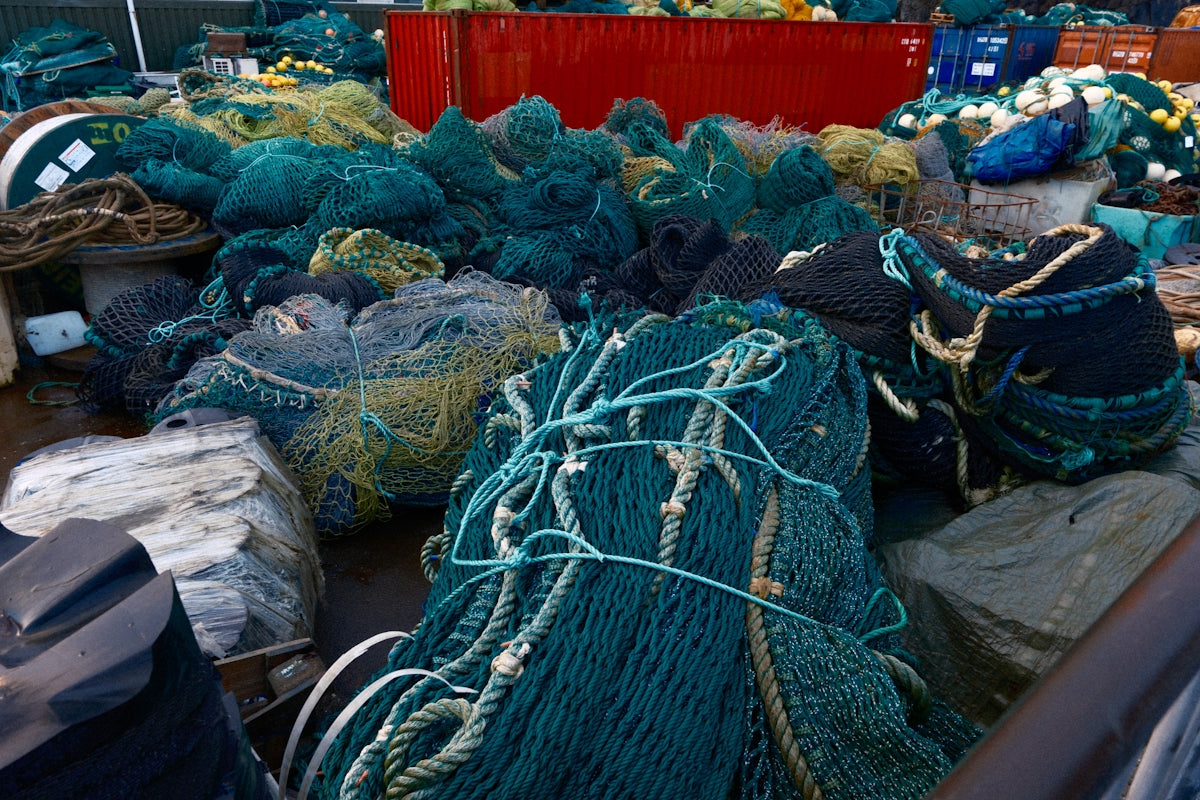
3.5 Inch Heavy Duty Pacific Island Nets for Marine Projects
